2010
Nexus One The Google Phone
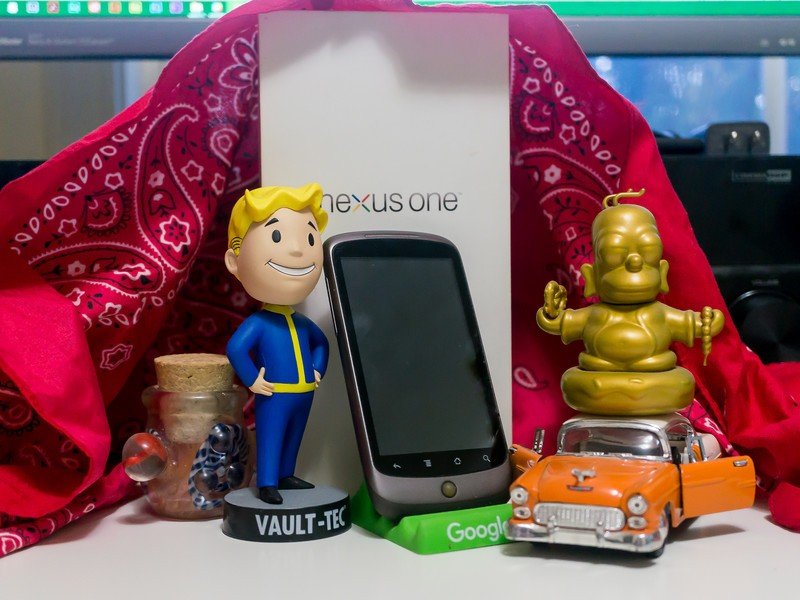
On January 5, 2010 Google made the Nexus One available. It came with a handful of hardware "firsts" in the Android world, such as a 1GHz Snapdragon chip and a 4-conductor headphone jack that allowed inline media control, but the real story was that it was the Google phone.
Like every Nexus that followed, this was both a blessing and a curse. For users, it meant that Google was free to shape Android however it liked, and offer timely updates. It also meant that sales were abysmal because there was no marketing to speak of.
But still, if you bought into the Nexus program through the Nexus One, you'll have fond memories of a glowing (multi-color even!) trackball and an often buggy experience that was pure Android. It was something you could love and hate at the same time.
Built by HTC, the leader of Android at the time, it still stands out as one of the most industrially beautiful phones ever made — even with the trackball.
Android gains traction DROOOIIIIIDDDD
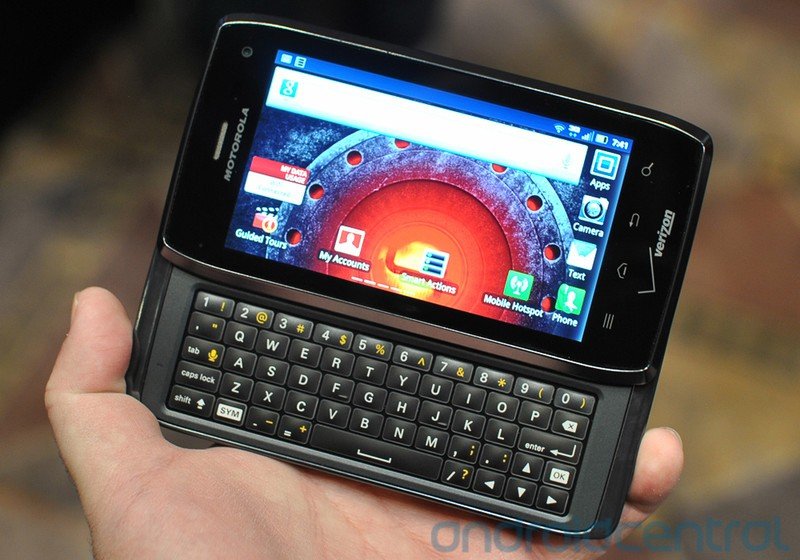
2010 was also the year Android started its rise to the top of every global market share list. This was a direct result of what Google didn't do when it came to Android — tell manufacturers and carriers what they had to do.
Call it bloatware or even spyware, but the way companies like Samsung and Verizon were able to take what Google had made and shape it into a vehicle for their own services meant that Android was more important than the competition for them.
2010 was the year everyone learned was Android was — through the Droid brand.
Apple would never allow Verizon to pre-install its own messaging app or license a name like the iDroid. Verizon still wanted to sell the iPhone because of how it flew off the shelves, but the ability to turn Android into something of its own meant it was worth putting time and money into marketing.
Get the latest news from Android Central, your trusted companion in the world of Android
Once Samsung entered the ring with the original Galaxy S, which was custom-tailored for every carrier in North America and Western Europe, there was no going back. Android would be king of the hill when it came to sales because the companies selling wanted it to be.
The Cr-48 Chrome Notebook program begins The Chromebook is born
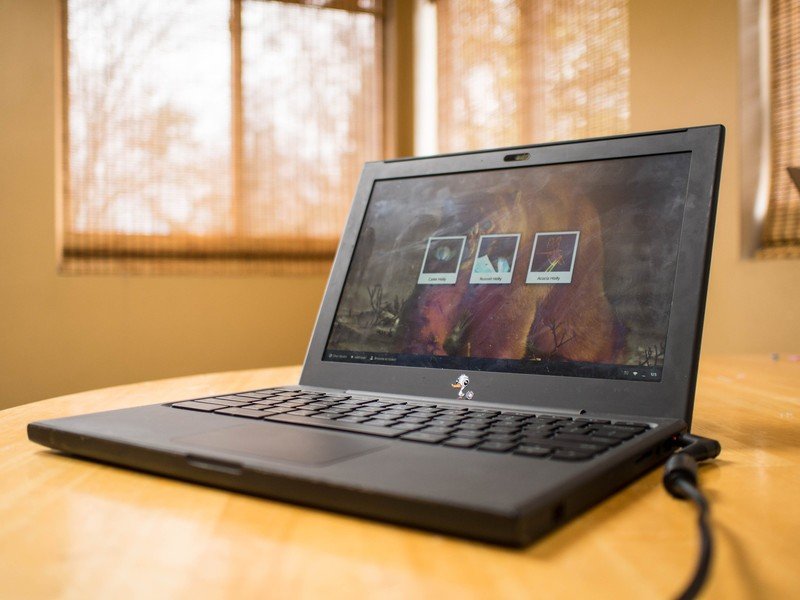
Android wasn't the only operating system Google was working on prior to 2010, and in December of 2010, it started giving away Chromium-48 Notebooks to "Test Pilots" in return for regular feedback.
The Cr-48 looked like a normal Windows laptop with a rubberized coating, but a closer look at the keyboard let you know it was something very different. The function keys were gone, replaced by a set of dedicated Chrome shortcut keys and CAPS LOCK was now a search key mapped to — you guessed it — Google.com.
The Cr-48 was never meant for retail sales, thus the name which is an unstable isotope of Chromium, but 60,000 people did end up testing the idea of a Chromebook; a connected appliance that only looked like a laptop.
Oracle vs. Google The Java Wars begin
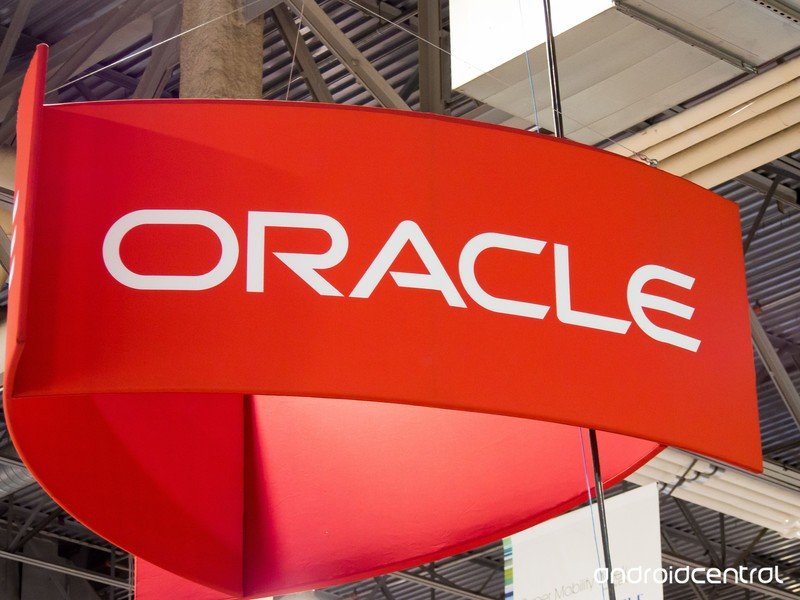
On August 13, 2010, Oracle sued Google for copyright and patent infringement in the District Court for the Northern District of California. Oracle claimed that Google had knowingly developed Android without a Java license and copied the Java APIs (Application Programming Interfaces). The company claimed that Google violated its copyright on seven prior patents and sought both monetary damages and a cease and desist of google using the materials.
The issue was compounded by the fact that Google had hired developers who originally worked on Java as it was being developed by Sun Microsystems before Oracle purchased it. Oracle insisted that there was no way Google could be unaware that it infringed.
The Google-Oracle lawsuit was the beginning of a decade of legal tumult for the Android maker, though Google never paid anything out.
Google's defense was that using the code and the documentation of the APIs fell under fair-use clauses, where a company must allow anyone to use a thing or product that was essential and allowed the interoperability for which Java was designed.
Initially, both parties were found to be right. The court did find that Google had infringed on 37 separate APIs that fell under the copyrights in question, but also found that Java APIs should have never been able to be copyrighted in the first place. Both parties settled for a zero dollar amount exchange.
Of course, the battle over software APIs and Oracle v Google wasn't over and still isn't today. The case has been to several appeals courts and in 2019 Google successfully petitioned the U.S. Supreme Court to challenge rulings a second time.
This is and was an important case for the entire tech industry, as it will determine whether APIs — the things that allow software to work with itself or other software — are copyrightable. Should the Supreme Court find that APIs do fall under blanket copyright protection, all the software we use today will be subject to similar lawsuits.
Android 2.3 Gingerbread and the Nexus S
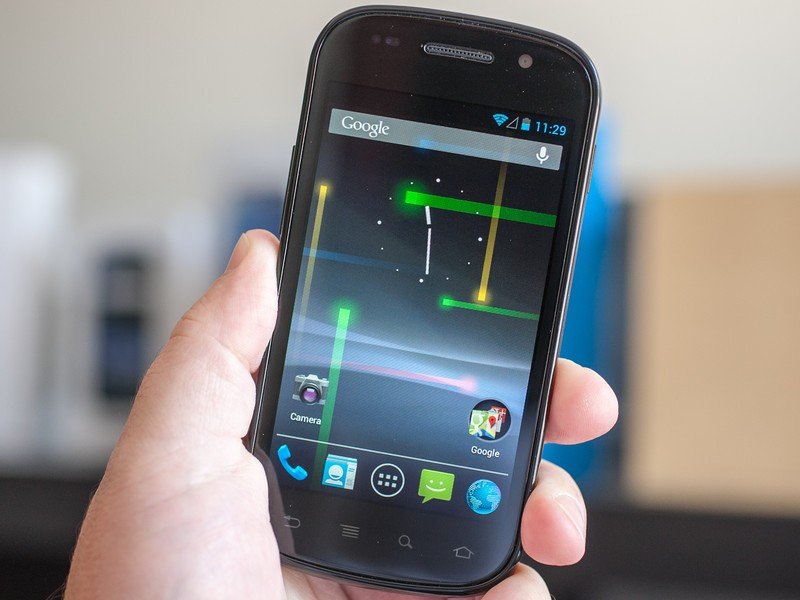
Late 2010 brought us the Nexus S and Android 2.3 Gingerbread. The Nexus S was built by Samsung but has a small difference compared to the Galaxy S it was modeled after — "open" hardware. This means that Google was allowed and able to rewrite code that kept it viable for development long after the consumer version had come and gone, which helped make sure Android versions could run well on cheaper and older hardware.
Gingerbread itself looked a little different with its new home screen and a usable Download Manager app, but under the hood, it was a very important upgrade.
Better touch support meant a better typing experience, support for multiple cameras, audio enhancement support allowed for apps like equalizers and bass boosters to function, and NFC inclusion made for an interesting few years where outside hardware could interact with the phone.
Gingerbread offers a pretty poor experience compared to the Android we have today, but in its time it was the first version that could compete functionally with iOS or Windows Mobile. The new changes for developers also meant that the Play Store (then known as the Android Market) would grow and grow.
-Jerry Hildenbrand

